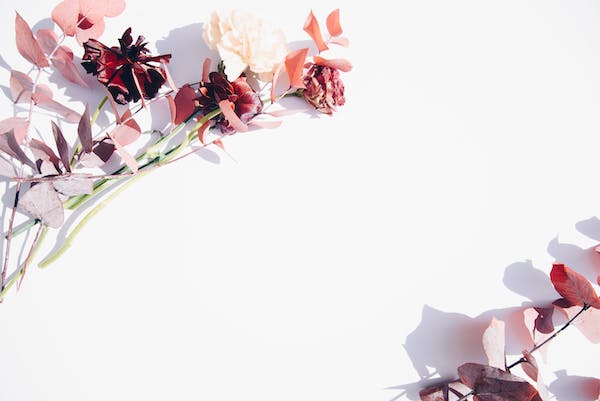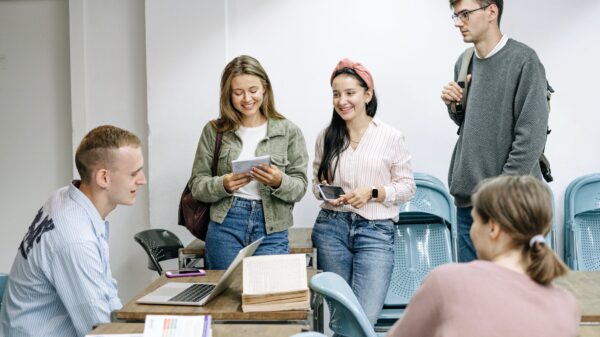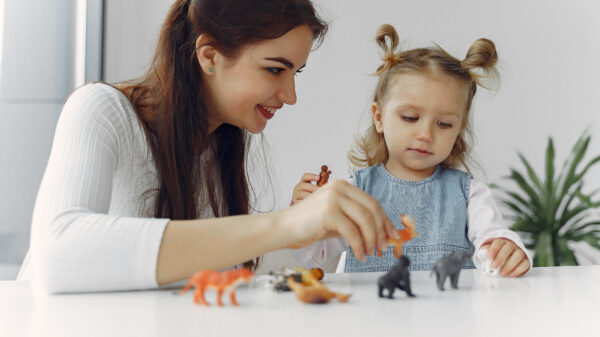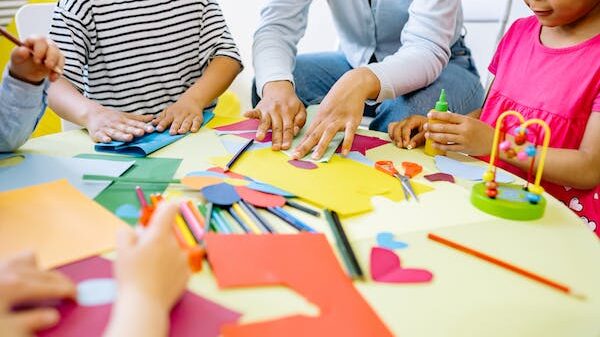Are you curious about the ways in which art transcends borders and unites people from around the world? Look no further than this blog post, where we’ll be diving into the fascinating world of global artistic influences and collaborations. From ancient trade routes to modern-day digital platforms, artists have been exchanging ideas and inspiration across time and space for centuries. Join us as we explore the diverse styles, techniques, and cultural traditions that inform today’s most innovative artworks, and discover how collaboration between creatives from different backgrounds can lead to truly groundbreaking results. Whether you’re a seasoned art lover or simply intrigued by cross-cultural connections, this is one journey you won’t want to miss!
Introduction to Global Art Collaborations
In a world that is increasingly connected, it’s no surprise that artists are looking beyond their own borders for inspiration and collaboration. Global art collaborations are becoming more and more common, as artists seek to learn from different cultures and create new and exciting artworks.
There are many benefits to global art collaborations. By working with artists from other cultures, you can get a new perspective on your work. You can also learn about different artistic traditions and techniques, which can help you to improve your own practice. And of course, collaborating with other artists is a great way to make new friends and build an international network.
If you’re interested in exploring global art collaborations, there are a few things you need to keep in mind. First of all, it’s important to be respectful of the cultures you’re working with. Make sure to do your research before starting any project, so that you understand the customs and beliefs of the people you’ll be working with.
It’s also important to be open-minded when working with other artists. Be willing to try new things, and don’t be afraid to experiment. After all, that’s what collaboration is all about! Remember that communication is key in any collaboration – make sure you keep lines of communication open throughout the process, so that everyone is on the same page.
Global art collaborations can be an exciting and rewarding experience for everyone involved. So why not give it a try?
The Role of Technology in Global Art Collaborations
As the world becomes increasingly connected, artists are finding new ways to collaborate with each other across borders. Technology has played a major role in facilitating these global art collaborations, making it easier for artists to communicate and work together no matter where they are in the world.
There are a number of different platforms and tools that artists can use to collaborate with each other online. For example, many artists use social media to share their work with a wider audience and to connect with other artists from around the globe. There are also a number of online collaboration tools that allow artists to work together on projects in real-time, such as Google Docs and Skype.
Global art collaborations can take many different forms. Some collaborations may involve two or more artists working together on a single piece of art, while others may involve creating an entire art project or exhibition jointly. No matter what form they take, these collaborations often lead to new and exciting insights into the creative process as well as the cultures and perspectives of other artists from around the world.
A Look at Notable Global Art Collaborations Around the World
There are countless examples of global artistic collaborations that have resulted in some truly impressive and memorable artworks. Below, we take a look at just a few of these notable art collaborations from around the world.
In 2014, French street artist JR and Brazilian artist Nina Pandolfo joined forces to create a massive mural entitled “The Wrinkles of the City” in the city of Rio de Janeiro. The artwork was created using black and white photographs of local senior citizens, which were then printed out and pasted onto buildings throughout the city.
In 2015, American artist Shepard Fairey collaborated with Chinese artist Yang Lian on a series of propaganda-style posters entitled “olidarity”. The posters featured images of workers and soldiers, with text that called for international solidarity against capitalism.
In 2016, Japanese artist Yayoi Kusama teamed up with Belgian fashion house Dries Van Noten to create a range of clothing and accessories covered in her signature polka dot prints. The collection was very well-received by both fashion critics and everyday consumers alike.
And last but not least, one of the most recent examples of global artistic collaboration is “The Wave”, a public artwork created by British artist Sebastian Errazuriz and Chilean architect Alejandro Aravena. The Wave is a large-scale sculpture located in Santiago, Chile, which consists of thousands of interconnected metal rods.
Art Beyond Borders: Exploring Cultural Exchange Through Global Art Collaborations
Cultural exchange is at the heart of global artistic collaborations. By bringing together artists from different cultures and backgrounds, these projects offer a unique opportunity to explore the meeting of different artistic traditions.
One such project is the Global Art Collaboration, a initiative that brings together artists from around the world to create new works of art. The project was founded by renowned artist Kiki Smith, who has long been interested in exploring different cultures and art forms.
Over the past few years, the Global Art Collaboration has brought together artists from across the globe to create new works of art. These artists have come from a variety of backgrounds, including Africa, Asia, Europe, Latin America, and North America.
The goal of the Global Art Collaboration is to create a space for cultural exchange and dialogue between artists from different cultures. Through their work on this project, the participating artists have been able to learn about each other’s cultures and art forms, and to create new works that reflect their own cultural influences.
In addition to promoting cultural exchange, the Global Art Collaboration also provides an opportunity for artists to share their work with a wider audience. By exhibiting their work in international exhibitions and online galleries, participating artists have been able to reach new audiences and expand the reach of their work.
Art Beyond Borders: Benefits of Global Art Collaboration
In a globalized world, art collaboration has become increasingly important in order to create meaningful connections between people of different cultures. Through art collaboration, we can learn about other cultures and gain a deeper understanding of their values and traditions. Additionally, global art collaboration can help to build bridges between communities and foster peace and understanding.
Some of the benefits of global art collaboration include:
-Expanding our cultural horizons: By working with artists from other cultures, we can learn about new perspectives and ways of thinking. This can be a valuable experience for both emerging and established artists.
-Fostering intercultural understanding: Global art collaborations can help to break down barriers between people of different cultures. Through the shared experience of creating art together, we can develop a greater appreciation for our differences and learn to work together towards common goals.
-Supporting local artists: In many parts of the world, local artists often lack the resources and opportunities to showcase their work on a global stage. By collaborating with international artists, they can gain visibility and recognition for their talent.
-Promoting social change: Art has the power to inspire positive social change. By collaborating with artists from around the world, we can amplify our voices and reach a wider audience with our message.
Art Beyond Borders: Challenges Faced By Global Art Collaborations
There are a number of challenges faced by global art collaborations. Firstly, language barriers can make communication difficult and lead to misunderstandings. Secondly, different cultures can have different ideas about what is appropriate in terms of art, which can lead to conflict. Thirdly, logistics can be a challenge when trying to organise an exhibition or event involving artists from different parts of the world. Funding can be a major issue, as it can be difficult to secure sponsorship for a project that involves artists from multiple countries.
Conclusion
Art Beyond Borders has highlighted the expansive reach of art and its ability to bring people together from different cultures and backgrounds. We have seen how global artistic collaborations can lead to innovative works that may even challenge our preconceived notions about what constitutes fine art. This exploration shows us that when it comes to art, there are no boundaries – just opportunities for creativity, understanding, and mutual appreciation.










